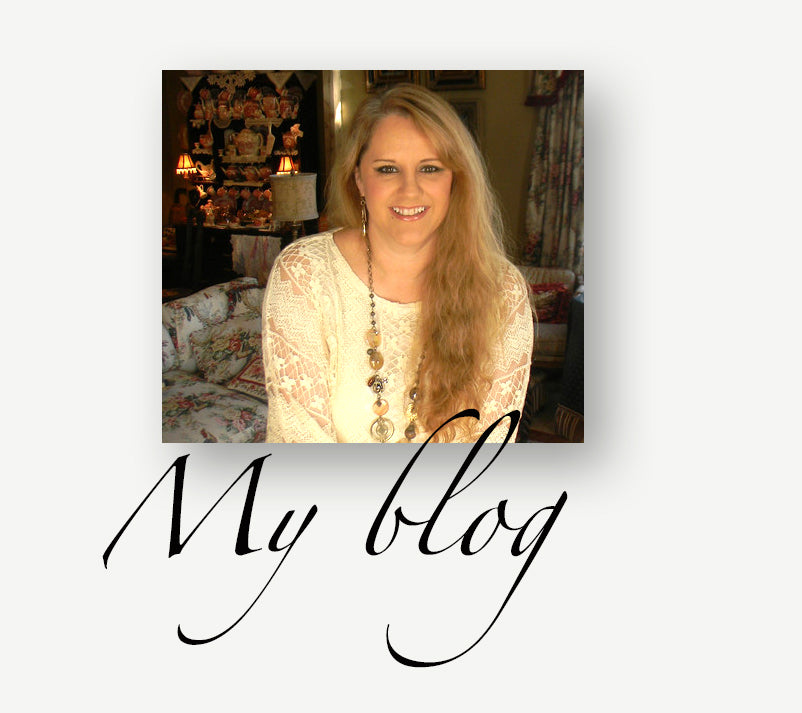Royal Doulton Black Transferware Robert Burns Poet Portrait Plate with Characters
$39.99
Brand Royal Doulton
Robert Burns Black Transferware Collector Plate by Royal Doulton
Hand Painted with greens, blues, reds, gray, gold and brown
Depicts Burns portrait at the center and framed with a number of his memorable characters such as Toam O Shanter, Highland Mary, Duncan Gray, etc.
Measures: 10"
Condition: Excellent, no chips or cracks, little crazing
Burns, sometimes known as the 'ploughman poet', was the eldest son of a poverty-stricken farmer. Though his father had moved to Ayrshire, where Burns was born, in order to attempt to improve his fortunes, he eventually died as a bankrupt - after taking on first one farm and then, unsuccessful, moving to another - in 1784. Robert, who had been to school since the age of six, and was also educated at home by a teacher, had, by the age of fifteen, already become the farm's chief labourer. He had also acquired a reading knowledge of French and Latin and had read Shakespeare, Dryden, Milton and the Bible. After his father's death, he and his brother continued farming together, working now at Mossigiel.
The poverty of Burns' early life, though far from being overcome, had produced in him a supporter of the French Revolution and a rebel against both Calvinism and the social order of his time. His rebellious nature soon became evident in his acts. Burns' first illegitimate child was borne to him by Elizabeth Paton in 1785. Two sets of twins later followed, and various amorous intrigues, from Jean Amour, whom he afterward married.
It was also during this period that Burns' first achieved literary success. Though he had thought of emigration to Jamaica as a possible way to avoid his mounting problems, he published his Poems Chiefly in the Scottish Dialect on July 31 1786 at Kilmarnock. This volume contained, among others, 'The Cotter's Saturday Night', 'To a Mouse', 'To a Mountain Daisy' and 'The Holy Fair', all of which were written at Mossigiel. The volume brought him immediate success.
After 1787 Burns, married in 1788 and having moved to Ellisland with his bride, worked chiefly for James Johnson, whom he met in Edinburgh, and, later, for George Thomson. It was for these men that Burns compiled and added to the two great compilations of Scottish songs: Thomson's Scott's Musical Museum and Johnson's Select Collection of Original Scottish Airs for the Voice. Alongside this work, which Burns did on an unpaid basis, he also worked, from 1791 onward, as an Excise Officer. This allowed him to give up farming and move to the Dumfries. He died from rheumatic fever just five years later, having also published, again in 1791, his last major work, a narrative poem entitled 'Tom O'Shanter'.
The biography above is based on the copyrighted Wikipedia Robert Burns; it is used under the Creative Commons Attribution-ShareAlike 3.0 Unported License. You may redistribute it, verbatim or modified, providing that you comply with the terms of the CC-BY-SA.
Should auld acquaintance be forgot,
And never brought to mind?
Should auld acquaintance be forgot,
And auld lang syne!
Chorus - For auld land syne, my dear,
For auld lang syne,
We'll tak a cup o' kindness yet,
For auld lang syne.













